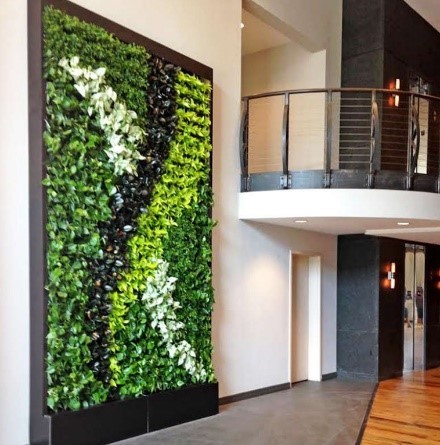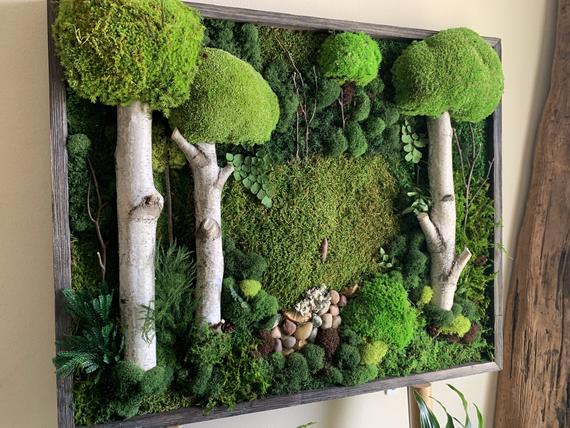hidden
hidden
Blog

Guide To Living Green Walls
Guide To Living Green Walls
No longer just of interest to architectural companies trying to win design awards, they are gaining attention from businesses of all sizes looking to improve their green credentials. This ultimate guide will introduce you to these beautiful structures of greenery.
Benefits of living green walls
As we run out of green space in cities, living green walls can turn urban spaces back into something natural and beautiful. They can also improve air quality and provide health benefits.
Green walls used indoors

Green walls are used indoors for companies and properties that want to create a unique decorative space. A green wall is a great option for any business that wants to enjoy the benefits of plants but has concerns about the floor space involved. Green walls add color and a unique design element to lobbies, meeting rooms, hallways and reception areas.
Green walls make a powerful visual statement to clients and potential customers. It also provides all of the documented benefits of plants to buildings and the work environment. A Green wall incorporated into a biophilic design plan can help improve creativity, reduce absenteeism and presenteeism and other workplace concerns.
Help the environment
Plants help clean the air. They help reduce noise pollution because they have noise reduction capabilities. They reduce the amount of carbon monoxide in the air and filter out pollutants by breathing them in and then exchanging them for clean, fresh, clear oxygen.
1. Improve air quality
As children, we learn that plants naturally remove carbon dioxide and produce oxygen rich air. However, it’s less well-known that they also filter the air around them by absorbing and cleaning pollutants. This natural effect is multiplied by the sheer number of plants in living green walls.
A recent study into the effectiveness of green infrastructure for improving air quality in urban street canons the gaps between large buildings, found living green walls can have a big impact. These gaps are hotspots for harmful pollutants, such as nitrogen dioxide and particulate matter, but living green walls have been shown to reduce levels by 40% and 60% respectively.
2.Reduce noise levels
Plants have long been used to reduce noise levels on freeways and other noisy roadways across North America and Europe. Living green walls expand on this idea. Vegetation naturally blocks high frequency sounds while the supporting structure can help to diminish low-frequency noise.

Just being close to plants can have a positive impact on an individual’s wellbeing. Indeed, studies have shown that even seeing nature in the work environment can increase job satisfaction. The installation of a cutting-edge structure like a green wall also sends a message to employees that they are employed at a company that is concerned with providing them with a enjoyable work environment.
3.Good for buildings
Buildings are adversely affected by changing temperatures that cause materials to expand and contract, which over time leads to deterioration, cracks and fissures. Exterior living walls give buildings protection, not just from temperature fluctuations but also by diverting water away from walls during heavy rain and providing protection from UV radiation.
4.Reduce energy costs
The build-up of urban environments has caused a worrying side effect. Termed the urban heat island effect, research has found that metropolitan areas are considerably warmer that rural areas. This increase in temperature has a negative impact on the environment; from increasing energy demands in the summer to air pollution and emissions.

Living green walls help to offset this problem by providing shade from the effects of direct sunlight. Also, unlike brick or concrete, plant surfaces don’t store up solar energy, but reflect it. Both interior and exterior walls help to actively cool the air in summer by a process called evapotranspiration, reducing the need to cool the building.
But the advantages of green walls don’t end with summer. The panels, including the growth media, insulate the building and reduce energy costs for heating the building in winter as well.
5.Increase the property value
The installation of living green walls, either inside or outside, secures LEED points for low water usage and efficient irrigation, which can help companies show their dedication to sustainable and eco-friendly solutions. This in turn helps to increase a property’s value by giving a positive perception of a modern building with an improved carbon footprint.